January 2024
The nine aviation trends to know this year
At The Club, we relentlessly track the flight paths of various trends in and out of the aviation industry – and the New Year is the best time to take stock of what’s coming down the runway. Just you wait – these innovative ideas are going to become staples soon enough…
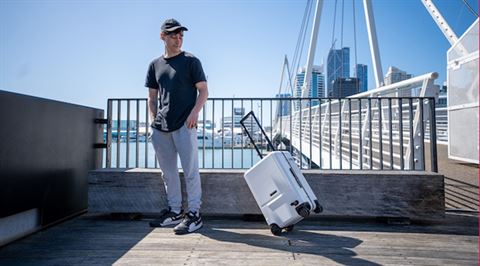
Smarter suitcases
When ForwardX Robotics brought out Ovis, the first AI-powered, auto-follow suitcase, three years ago, Forbes reviewer John Koetsier called it “undeniably cool”. And yet, here we all are – still lugging our baggage around. Ovis retails at a pricey £700, which may have detered some, but then there’s the predictable paranoia – we’d never be able to stop checking it hadn’t gone walkabout. Not to mention that Ovis – which can drive itself for 13 miles on just one charge at a max speed of 4.5mph – gained a short reputation for attracting the stares of fellow passengers. But that may not be the case – pardon the pun – for much longer, should the bigger brands start implementing smaller, smarter technologies to ease the burden of weighty baggage. The latest crowdfunded contender, Mishatu Voyager’s Smart Suitcase, has, for instance, an ‘assist uphill’ mode to make carrying it lighter-than-light. So, while we may not love the idea of our suitcases trailing us like puppies, they may soon be just as easy to carry.

(Increasingly) daring passport designs
The past few years have seen more countries than ever injecting personality into their passports – making every traveller’s favourite document the new, cool accessory. Norway’s passport redesign in 2020 saw Oslo-based studio, Neue, add illustrations of the northern lights and landscapes that transition from day to night scenes when placed under UV light. A primary reason for renewing passports like this is to increase the security – it makes them harder to forge. As such, countries will need to continue upping their game to keep up with hacker smarts. But it’s about character, too. In 2022, the Belgian passport added beloved comic strip icons, such as the country’s best-known export, Tintin – to the pages. Last year, Finland’s passport showed off an impressive flip-book animation of a grey seal. Switzerland’s new passport has mountainous contour lines that glow under UV light throughout (including on the cover). As of 2023, Canada’s passport has magnetised colour-shifting ink in the shape of a deer and snowflake inside. Just watch – when biometrics start to eradicate the need for passports, you might just want to keep hold of the fun ones.

Ever snazzier airport hotels
Where one hotel leads, the rest tend to shortly follow. In the aviation space, Singapore’s Crowne Plaza Changi Airport has long been ‘that’ hotel, in the same way Changi has long been ‘that’ airport. Not content to offer a boxy, windowless room, this Crowne Plaza has a swish spa, an outdoor pool lapped by lush gardens and a whizzy sky train that goes straight to your terminal. It’s won World’s Best Airport Hotel 12 times in a row – meaning it’s ripe to be toppled. “We’ve seen the demand for airport hotels change to more than just a place with beds for an overnight stay,” says Jean-Charles Denis, vice president commercial Europe at IHG. “Guests are expecting the hotels to be expertly designed and offer high quality F&B options.” More recent airport openings have done just that: retro-themed TWA Hotel at JFK has a 10,000sqft observation deck and infinity pool. Fairmont Vancouver Airport offers a signature afternoon tea, and Sofitel London is home to a Zen garden and lecture theatre. On the horizon, glossy boutique brand Radisson RED will be arriving at Edinburgh Airport next year, promising to span eight eye-catching floors and star a must-visit cocktail bar. You wait – soon enough we’ll all be booking the early morning flights on purpose, just to justify a stay.
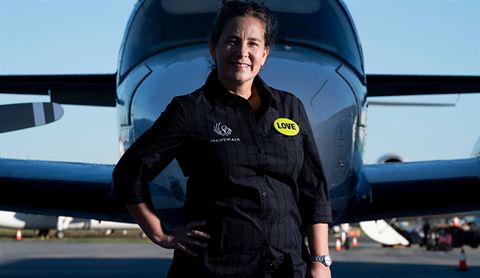
Increasing Indigenous representation
Read any travel trend report for 2024 and you’re likely to see two words: Indigenous tourism. Where Indigenous cultures may once have been exploited as ‘props’, tour operators are now reaching out to forge ethical partnerships (Intrepid Travel launched 100 new Indigenous people-led experiences last year). What’s more, First Nation peoples are harnessing the power of social media and taking back control in order to – rightly – profit from tourism. The money, as one First Nations Chief in Canada recently told us, can then be channelled into legal battles for land, and fishing rights. The rush of Indigenous awareness across places such as Australia, Canada and Scandinavia is also permeating the aviation space. Planes do, after all, fly over unceded territories all the time. In March this year, Métis pilot Teara Fraser will be celebrating five years of her airline Iskwew Air (roughly translated as ‘Woman Air’) in British Columbia. It’s the world’s first Indigenous airline, and it recently signed a memorandum of understanding with Vancouver Airport to uphold the latter’s commitment to Indigenous tourism. Fraser’s ‘Give Them Wings’ initiative is inspiring First Nation youth into aviation via flight simulators: “You see the world differently from the air,” she says. “Getting my wings gave me wings for everything else in my life.”

The biometric boom
“For those who opt to share their biometric data, a hands-free journey through the airport could become possible,” projects Ricardo Vidal, Head of Innovation here at British Airways. “Customers may soon be able to navigate through the airport with their phone and passport remaining in their pocket, passing through biometric gates for security clearance, lounge access and aircraft boarding by leveraging the latest in airport security and boarding technology.” The first airline to bring this project to fruition will, says Vidal, have a competitive advantage that cannot be underestimated. And just like with the space race, competition breeds advancement. At the 2023 World Passenger Symposium in Chicago, hot topics included the pathway to net zero and digital identity, namely how it pertains to contactless travel. Last year, the Biden administration concluded a successful small-scale pilot project for paperless visas at the US diplomatic mission in Dublin, which it intends to roll out more widely in the coming 18 months. And Finland became the first country in the world to launch a digital passport, which currently operates on Finnair flights from Helsinki to select UK airports only. Feeling cautious? As Vidal puts it, sharing biometrics is similar to sharing credit card details – yes, the data can be processed, but not extracted or read.
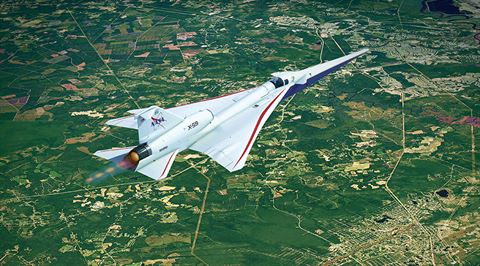
Return of the Mach
Can you believe it’s been more than 20 years since the supersonic, stratospheric Concorde made its final flight? Many grieved as Concorde Alpha Foxtrot touched down at Filton to remain for the rest of her days (we marked the event with this knockout interview at Brooklands Museum), but now supersonic rumblings are back. In 2024, you can expect to see headlines dominated by Lockheed Martin’s latest concept jet, the X-59. Built thanks to a generous $247.5m contract from NASA and now looking like Concorde’s worthy successor, X-59 will be capable of speeds up to Mach 1.4 (1,700km/h) with a sonic boom so muted that it’s been likened to the sound of a car door closing

In-airport museums and galleries
According to a 2016 study

Unsustainable airports are Finn-ished
While airports represent a small amount (two per cent) of all carbon emissions in the aviation sector, they are still a vital cog in IATA’s net-zero-by-2050 plans. And what was once a slow trickle has suddenly developed into a great torrent as architects make headway in a bid to create low-, and even zero-carbon airports. Eyes peeled, then, for clean ’n’ green airports popping up everywhere. In Saudi Arabia, “Red Sea International is ushering in a carbon-neutral, net-zero era for airport designs and operations,” said its TRSDC chief last year. And Zürich scientists are investigating a ‘subglacial groove’ 300m below passengers’ feet to heat and cool a significant proportion of the airport without CO2 emissions. Singapore and Seattle are also putting in the work. And while we wait, we can cheerfully check into the brand new, billion-euro, ten-years-in-the-making, carbon-neutral Helsinki airport –which is sweeping up awards for sustainability. The Finnish spruce façade roof and three solar mills powering the building may seem par for the course, but how about the world’s first ever second-hand shop in an airport?
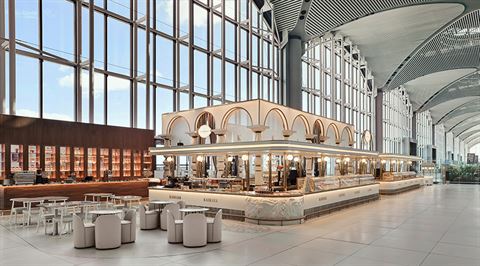
Restaurants that are just as good as the lounges
Airport food. It’s a concept that, historically, would have conjured up images of croissants turning slowly stale under fluorescent lights. But now we are in our made-fresh-by-real-chefs era. And not just for those who can experience glamorous lounge access. No, it’s quality cuisine for the masses as restaurants up their game across terminals worldwide, competing to be the ultimate airport for foodies. After all, 81% of tourists (so reported World Food Travel recently) believe local food adds to their experience of the culture of any given destination. The culinary tourism market, meanwhile, is set to grow to around $1.78bn by 2027. For a shiny new case study, look to Istanbul airport. Its dessert parlour sensation KAIMAKK has burst on to the floor plan with an elegant, ‘are-we-sure-we’re-in-an-airport?’ design (courtesy of architect Enis Karavil) and a finely curated, modern menu of authentic Turkish delicacies – plus an emphasis on refined, professional table service. Watch – soon enough airports will be date-worthy dining destinations, as “Let’s eat at the airport” becomes a treat, not a challenge.
Think we’ve missed a trend? Email The Club magazine inbox at theclub@cedarcom.co.uk to tell us what you think is set to be the next big thing
This article has been tagged Technology, Travel Tips
More from previous issues
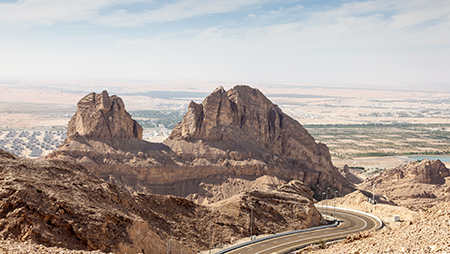
Where to go in 2024: five new hotels worth driving for
Wondering where Avis car hire can take you next year? Wonder no more, as we map out five scene-stealing hotels at the end of the drive
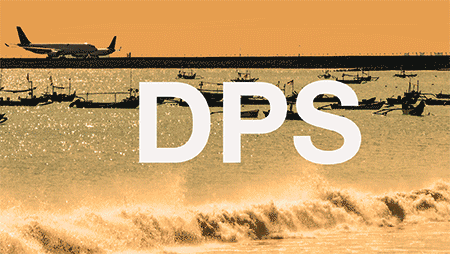
Your favourite airport codes: revealed
Following last month’s airport code-busting, we asked you for your best-loved letters and why. Here are just some of your replies

Can you guess the airport code?
Now you’re clued up on the stories behind some of our more curious airport codes, it’s time to take our code-breaking quiz

Born on a 747: Shona’s story
“I’m going to have the baby now…” Meet the unexpected passenger whose mother went into labour in the sky 33 years ago…